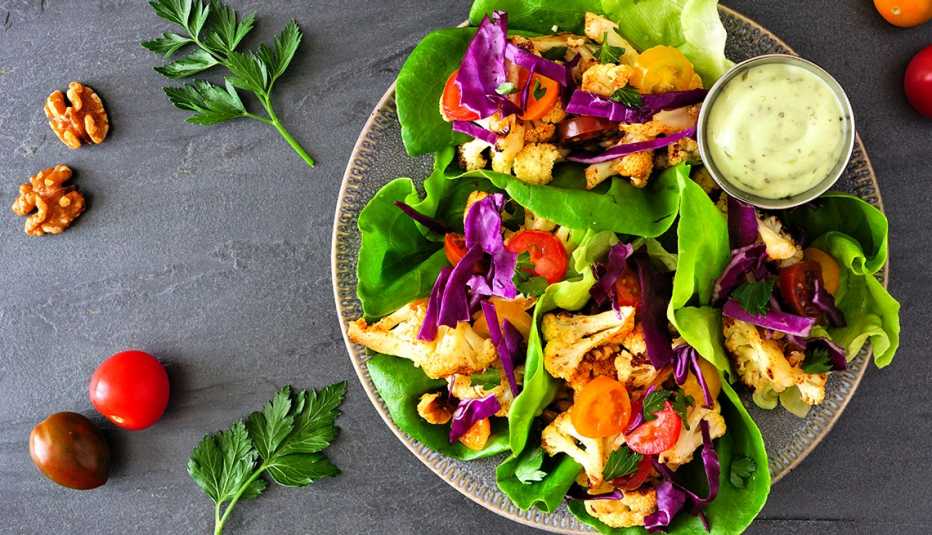AARP Hearing Center
Sugar is sneaky. Just when you think you’ve got its whereabouts figured out, you begin taking a closer look at nutrition labels, only to discover the sweet stuff is hiding out in any number of foods and beverages not on the cookie, candy and soda aisles.
The unsavory truth: Sugar is used by all kinds of food manufacturers to enhance flavor and texture.
In a study published in The Lancet Diabetes & Endocrinology, researchers conducted a survey of 1.2 million packaged foods and drinks purchased in the U.S. between 2000 and 2013 and found that a whopping 68 percent of them included added sweeteners. Some of them were the obvious culprits — soda, for instance — but many were not.
That, of course, makes it tricky for anyone watching their sugar consumption, in particular the 37 million people (1 in 10) in the U.S. with diabetes and the 96 million more with prediabetes who need to keep an eye on all carbohydrate consumption. .
5 Unsuspecting Things That Spike Blood Sugar
According to the CDC, these 5 things can also boost your blood sugar:
- Sunburn: Blame the pain and stress, which increases blood sugar.
- Dehydration: Your blood sugar is more concentrated when there’s less water in the body.
- Losing sleep: Even just one bad night can affect how well your body uses insulin.
- Coffee: Yes, even without sweetener. “Some people’s blood sugar is extra-sensitive to caffeine,” the CDC says.
- Time of day: The later it gets, the harder it is to control blood sugar.
“High blood sugar levels in the diabetes and prediabetes ranges can cause serious damage throughout the body,” says Jill Weisenberger, a registered dietitian nutritionist in Virginia and author of Prediabetes: A Complete Guide. “We once thought that only people who had diabetes for some length of time had these problems. Now we have data that even people with prediabetes have a number of problems due to high blood sugar.”
Pointing to the research, Weisenberger says about 14 percent of people with prediabetes have eye disease from high blood sugar; nearly 18 percent have chronic kidney disease; and 11 to 25 percent of people with prediabetes have nerve damage.
Complicating matters: More than 80 percent of people with prediabetes don’t realize they have it, according to the Centers for Disease Control and Prevention (CDC).
Regardless of whether you have prediabetes, diabetes or none of the above, you should aim to limit big spikes in your blood sugar, says Vandana Sheth, a registered dietitian nutritionist and spokesperson for the Association of Diabetes Care & Education Specialists: “Big fluctuations in blood sugar, specifically spikes, can cause damage to the blood vessels, increasing the risk of stroke and heart disease.”
Keep reading to learn more about the surprising foods that can spike your blood sugar.







































































